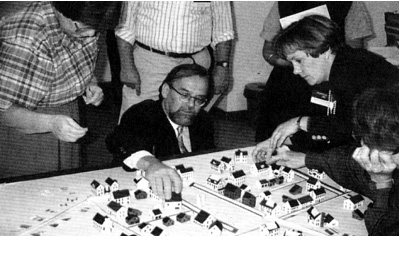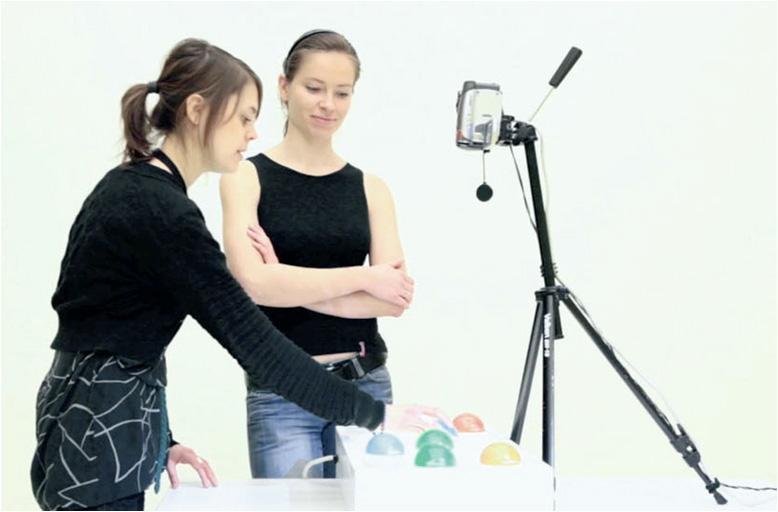Master of Advanced Studies 2009/2010
Computer Aided Architecture Design
Edyta Augustynowicz
aedyta@student.ethz.ch
_______________________________________________________________________________________________________________________
module2 - Attractive City Generator back to main page
project in colaboration with: Sofia Georgakopoulou, Stefanie Sixt, Dimitry Demin
software: processing
This project was developed within the programming module. The task was to generate an urban tissue with the help of processing. Project was selected on the eCAADe conference in 09.2010. (Abstract can be found here:Attach:ACG-InteractiveCityGenerator).
|
Idea:
 |
| |
|
Organisation of the program :
 | |
|
Color recognition:
|
Grid creation:
|
City buildings creation:
| |
|
Physical input:
 |
The input data that the attractors represent and that is used to build up a virtual city can be categorized into three general classes:
| |
|
Grid:
|
The idea of the grid arrangement was based on the variation of Lindenmayer Systems, so-called map L-Systems. The starting point of segmentation is not a line, like in typical L-systems, but a closed 2D polygonal shape, representing the city boundaries. The type of the tessalation in particular areas depend on the distance to the closest attractor. Each of them influences the so-called production rules of particular areas, and in consequences modifies the final image of the grid. The user affects the tessellation pattern of the city by moving the attractors. This pattern is responsible for the assignment of different city typologies. | |
|
City creation:
|
The created grid is transformed into a city map, where each grid region represents plots of a specified function and in consequence, a different city area.The array of plots forms an intelligent system that can rearrange according to their neighbour situation. The newly formed city plots give rise to buildings. Each plot leads to the creation of different building types depending on the city typology that is assigned to it and the on the neighbouring situation. Statictic data: On the right-hand-side of the screen, the user can find a table with facts about the created city, that can be divided into 3 types of data:
| |
|
ACG -version 1:
| ||